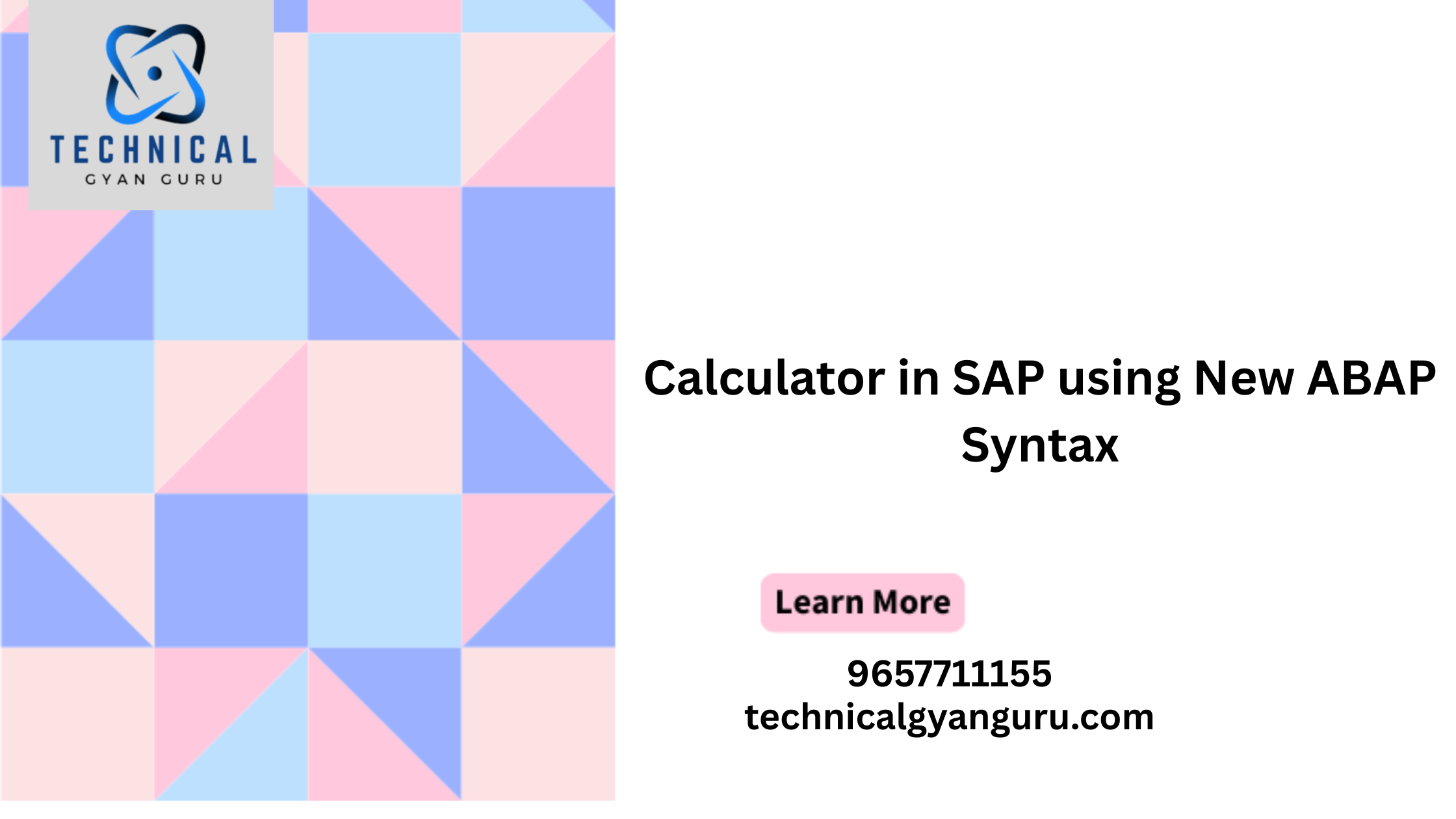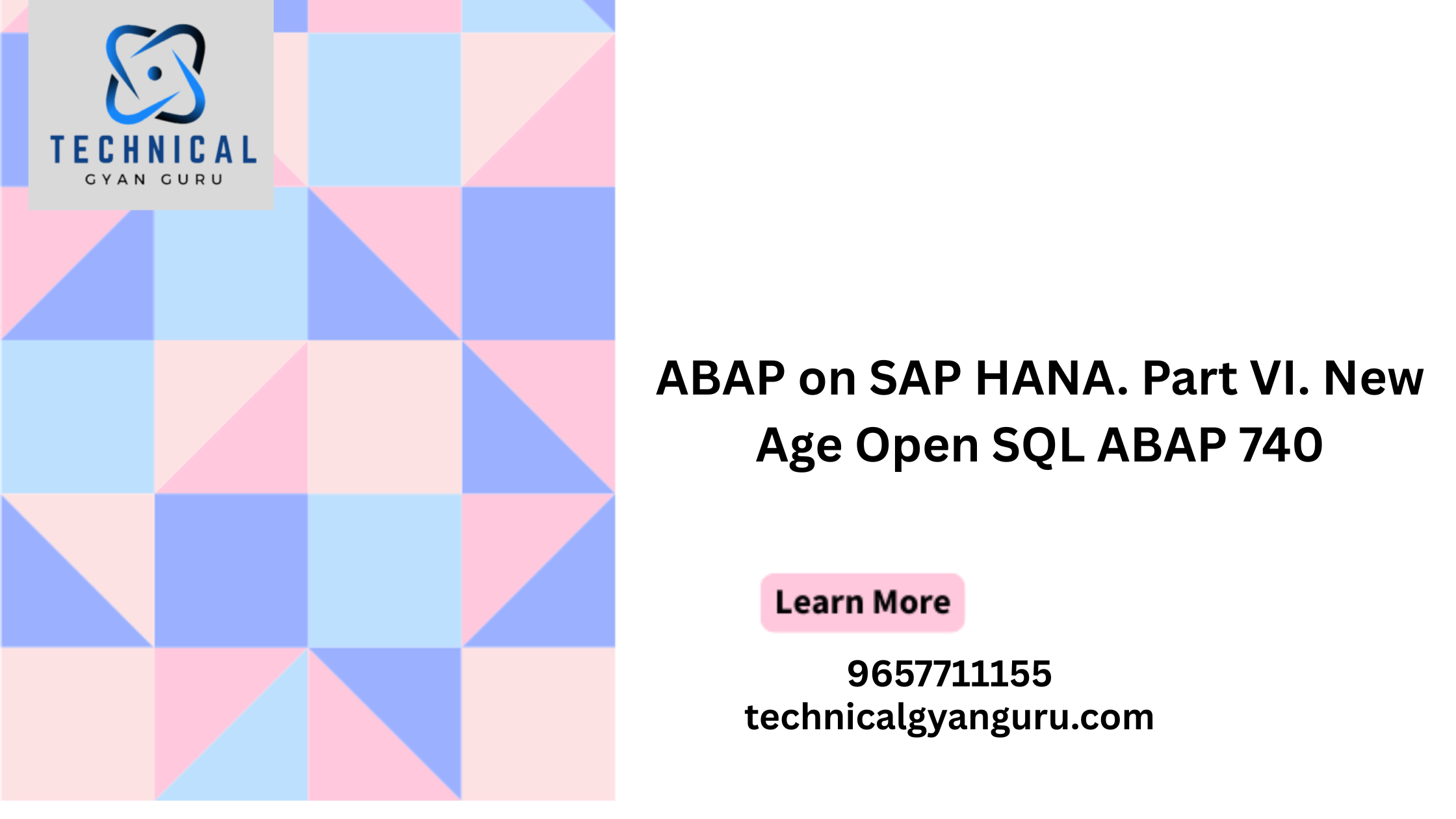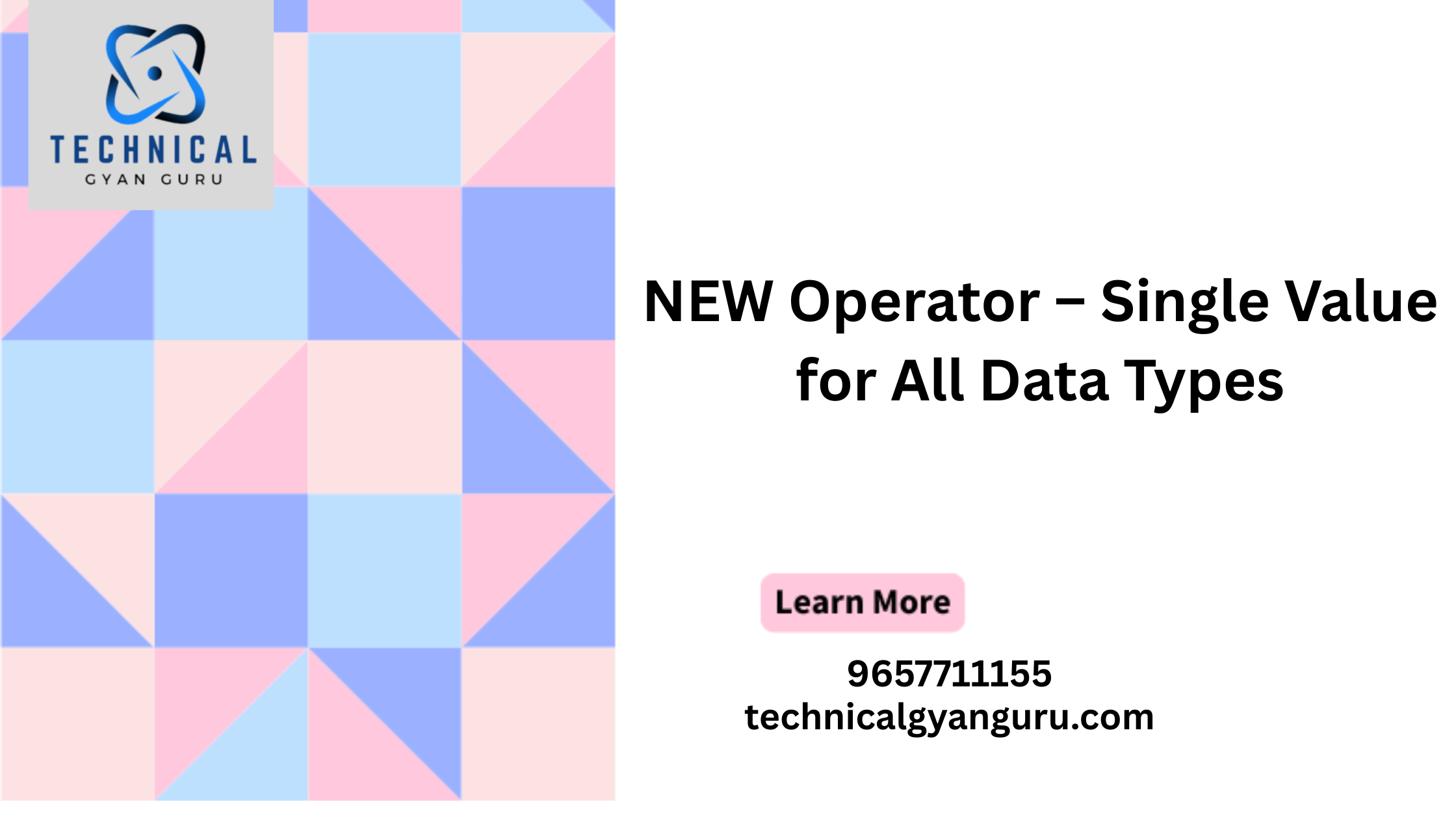Introduction: SAP Integration Suite
SAP Integration Suite: In the ever-evolving digital landscape, businesses face the critical challenge of seamlessly connecting diverse applications, data sources, and business processes. SAP Integration Suite emerges as a robust solution, empowering organizations to break down silos, enhance agility, and drive digital transformation. In this blog, we will explore the key features and benefits of SAP Integration Suite, shedding light on how it serves as a strategic enabler for businesses in the modern era.
Holistic Connectivity for the Digital Enterprise:
SAP Integration Suite is a comprehensive solution designed to connect applications, data, and business processes across the entire enterprise. It acts as a digital glue, fostering a connected ecosystem that enables real-time data flow and collaboration.
Unified Integration Platform:
At the core of SAP Integration Suite is a unified integration platform that supports a wide range of integration scenarios. Whether it’s connecting cloud applications, on-premises systems, or third-party services, the suite provides a centralized platform for managing and orchestrating these connections.
Process Orchestration and Automation:
SAP Integration Suite enables organizations to orchestrate complex business processes seamlessly. By automating workflows and ensuring data consistency, businesses can optimize operations, reduce manual intervention, and enhance overall efficiency.
API Management for Digital Experiences:
API (Application Programming Interface) management is a key component of SAP Integration Suite, allowing organizations to expose and manage APIs. This facilitates the development of digital experiences, supports partnerships, and enables the creation of innovative applications that leverage existing business functionalities.
Event-Driven Architecture:
In the era of real-time responsiveness, SAP Integration Suite embraces event-driven architecture. This allows businesses to react swiftly to changing conditions and triggers, ensuring that critical events are captured and acted upon in real time.
Data Intelligence for Insights:
SAP Integration Suite includes Data Intelligence capabilities, providing organizations with the tools to discover, connect, and orchestrate disjointed data landscapes. By transforming raw data into actionable insights, businesses can make informed decisions and adapt to changing market conditions.
Secure and Compliant Integration:
Security is a top priority in the digital landscape, and SAP Integration Suite incorporates robust security features. From data encryption to identity management, the suite ensures that sensitive information is protected, and integration processes adhere to industry compliance standards.
Scalability and Flexibility:
As organizations grow and evolve, SAP Integration Suite offers scalability and flexibility. Whether expanding operations or incorporating new technologies, the suite provides the agility needed to adapt to changing business requirements.
Conclusion:
SAP Integration Suite stands as a linchpin in the digital transformation journey of organizations. By fostering holistic connectivity, enabling process orchestration, and embracing event-driven architecture, the suite empowers businesses to thrive in the interconnected landscape of the digital age. As businesses continue to evolve, the ability to seamlessly integrate and adapt quickly becomes a strategic imperative, and SAP Integration Suite stands as a key enabler for organizations looking to stay agile, competitive, and digitally connected.







